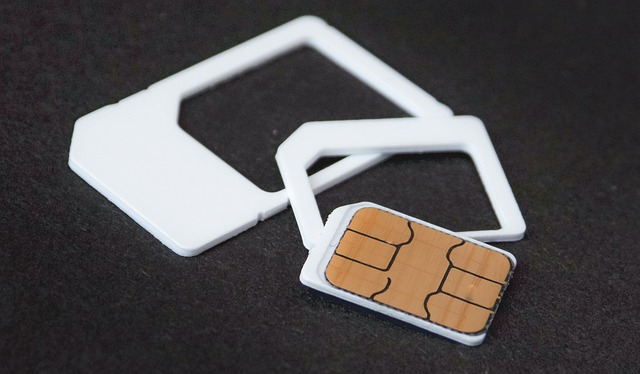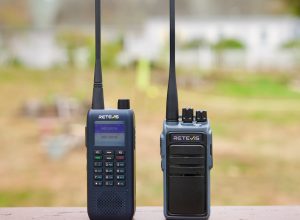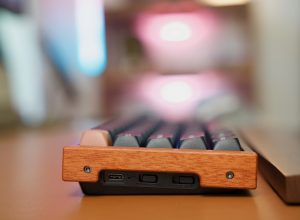Most people never think about SIM cards, until they absolutely have to. Maybe it’s during a rushed airport layover, or when your phone refuses to connect abroad. That little chip suddenly becomes a big inconvenience.
Now imagine a SIM card you can’t lose, break, or misplace. That’s the eSIM; an embedded version built directly into your phone. It’s not science fiction; it’s already transforming how we connect, especially for people who travel, switch plans often, or work across borders.
This article discusses eSIM technology compared to traditional SIM cards: The differences, which is smarter, and the advantages of eSIM technology in the mobile industry.

Core differences: physical vs embedded tech
Most mobile device users have some knowledge of a physical SIM card which is a small piece of plastic that you insert into your phone to connect to the network. eSIM changes this theory by providing a more efficient, integrated embedded option, in your device.
Here’s how they differ:
- Physical SIM: A removable chip inserted manually
- eSIM: An embedded chip activated digitally (no physical handling)
- Switching carriers: SIM requires a card swap; eSIM works through software
- Device flexibility: SIM cards work in one slot; eSIMs can host multiple plans
- Travel use: SIM may need replacing abroad; eSIM allows adding local plans instantly
How eSIM simplifies travel and connectivity
Traveling used to mean changing SIM cards. You’d land in a new country, hunt for a local provider, and hope their card worked with your phone. Sometimes you’d need a SIM ejector, other times a paperclip, and always a bit of luck.
But today, eSIM simplifies travel and connectivity in ways that feel almost magical. It takes only a few taps, also you can install a local data plan before your plane touches down. No waiting at the kiosks, no straining to talk in other languages, and no fiddling with the little plastic trays.
Let’s say you are traveling to Amsterdam. You can set-up your eSIM Netherlands plan while you are in the airport lounge and not have to worry about the time you have or any surprises.
Here’s how eSIM makes travel easier:
- Preload international plans before departure
- Activate local carriers instantly through QR codes or apps
- Avoid roaming charges by using local networks directly
It’s also ideal for remote workers, digital nomads, or anyone who needs constant connectivity. You can keep your primary number while adding a local plan just for data. This means smooth Zoom calls in Spain, uninterrupted uploads in Bali, and zero downtime when crossing borders.
Plus, many phones support dual eSIM profiles, so you can keep multiple regions ready without swapping anything physically. Your phone becomes your travel SIM wallet; neater, smarter, and ready for wherever you go next.
Compatibility with major smartphone brands
Not every phone is ready for eSIM; but many of the popular ones are. Most flagship smartphones released after 2018 come with built-in eSIM support. If you’re using an older model, you might still need a physical SIM card.
Apple was one of the first to go all-in. Starting with the iPhone XS and XR series, eSIM has been a standard feature. The iPhone 14 even dropped the physical SIM slot entirely in the US, making eSIM the default.
On the Android side, Google Pixel phones from the Pixel 3 onward support eSIM, with the Pixel 7 and 8 offering uninterrupted setup from the phone’s settings. Samsung followed closely, with eSIM support on Galaxy S20 models and newer, including the foldable Z series.
Here’s a quick list of major brands that support eSIM:
- Apple: iPhone XS/XR and models to come
- Google: Pixel 3 and later inventions
- Samsung: Galaxy S20 series and newer
- Motorola: Select Edge models
- Huawei: Some Mate and P-series devices
- Oppo and Xiaomi: Limited eSIM support on select models
Switching plans without swapping cards
One of the common advantages of eSIM is freedom. You’re no longer tied to a tiny piece of plastic just to change your mobile plan. Here, you can switch carriers or data plans directly from your phone; no tools, no lines, no downtime.
It is a little like switching between Wi-Fi networks. You can store multiple profiles on one device, and switch between using only pressing a button. Need a local data plan for a business trip? Install it via QR code or app. Back home? Toggle back to your main number in seconds.
This is good news to the frequent travelers, freelancers, and anyone who manages multiple numbers. You might keep your work SIM active during weekdays and switch to a personal line over the weekend; no ejector pin required.
You can also manage plans based on cost. If a carrier offers a better deal mid-month, there’s no need to wait or visit a shop. Just scan, activate, and go.
Here’s what eSIM lets you do:
- Switch between local and international carriers easily
- Keep personal and business numbers on one device
- Manage short-term data plans without commitment
Future outlook: are SIM cards becoming obsolete?
It’s a fair question, especially with the rise of eSIM. Physical SIM cards have been the backbone of mobile communication for decades, but technology is shifting. And fast.
People are increasingly using eSIMs across Europe, Asia, and North America. And in the U.S. Some phones, like the iPhone 14, are even shipped without a SIM tray. That sends a very strong message: Manufacturers are cranking up the transition to a fully embedded system.
Why the rapid migration? eSIM is simply more efficient. It uses less physical volume inside devices, which allows more devices to have larger batteries, more sensors. It’s also more secure. Since your data is stored digitally, it is more difficult to duplicate or misuse.
For telcos, an eSIM approach reduces logistics entirely. There is no need to package these millions of small cards and ship them around the world. In terms of the users, eSIM offers faster provisioning for users, the ability to quickly switch carriers, and less limitations when travelling abroad.
But not every region or carrier is caught up yet. Some developing markets remain heavily dependent upon physical SIMs and there are variables in device compatibility.



